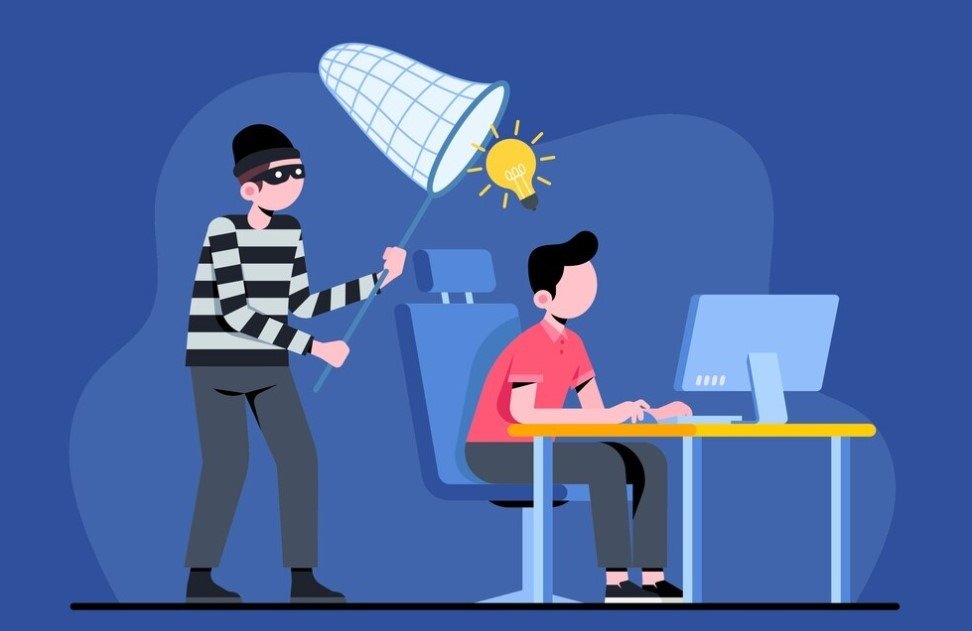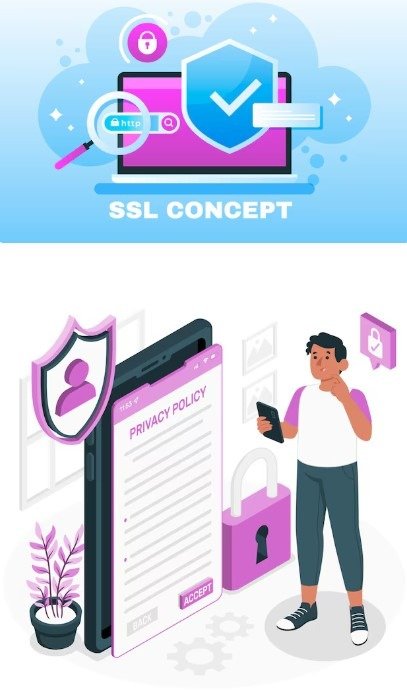
Imagine spending countless hours crafting a blog post, weaving together insightful ideas, engaging stories, and actionable tips. It’s live, it’s brilliant, and… it’s stolen. Somewhere out there, a copy-paste enthusiast is reaping the rewards of your hard work. Or worse, your content inadvertently mirrors someone else’s, risking penalties from search engines and trust issues with your audience.
In today’s AI-driven world, content duplication isn’t just an occasional mishap—it’s a persistent threat. This is where Copyscape comes in; a powerful tool designed to help you protect your originality and audit your site for plagiarism. In this article, I’ll guide you through using Copyscape effectively, equipping you with the know-how to safeguard your digital assets and maintain your site’s credibility.
What Is Plagiarism, and Why Should You Care?

Before we get into the nitty-gritty of using Copyscape, let’s address the elephant in the room. Plagiarism isn’t just a moral lapse; it’s a business liability. Whether it’s unintentional duplication or outright theft, plagiarized content can lead to:
Search Engine Penalties, since Google prioritizes unique, high-quality content. Duplicate content can tank your rankings. Also, If your audience discovers copied content, it erodes trust.
Furthermore, there are Legal Consequences, since infringing on copyright can result in lawsuits and hefty fines.
Copyscape: Your Digital Watchdog
Copyscape is the go-to tool for plagiarism detection. It’s straightforward, efficient, and a lifesaver for digital marketers, bloggers, and content creators. Here’s how to use it to audit your site step by step:
Step 1: Set the Stage – Get Familiar with Copyscape
Copyscape offers two main services:
- Free Search: Quickly check if specific content exists elsewhere online.
- Copyscape Premium: Dive deeper with bulk page scans, offline content checks, and detailed reports.
Why Premium is Worth It
With Premium, you’re not just scratching the surface—you’re auditing your entire site. For $0.03 per search (per 200 words), it’s an investment in your site’s reputation.
Pro Tip:
Use Copysentry, an add-on feature, to monitor your content in real-time and receive alerts if duplicates appear online.
Step 2: Run a Site Audit
Step-by-Step Guide:
Create a Copyscape Account: Visit Copyscape’s site and set up an account.
Upload or Enter Your Content:
Copy-paste individual articles.
For large websites, use the Premium API for bulk scanning.
- Analyze the Results: Copyscape highlights duplicate phrases and identifies the sources. Pay attention to:
- Percentage of Similarity: How much of your content matches the source.
- Exact Matches: Direct word-for-word duplication.
Example in Action:
Let’s say TechVolt Media Group publishes a blog post on digital marketing trends. After running it through Copyscape, you discover a site copying 40% of your content. With this data, you can:
- Reach out to the plagiarizing party for content removal.
- Update your post to make it more distinctive.
Step 3: Address the Issues – Take Action Against Plagiarism
Once you’ve identified problematic content, here’s what to do:
- Contact the Offending Party: Use a professional tone. A simple email stating your ownership claim often resolves the issue.Example Template:Subject: Unauthorized Use of Our Content Dear [Name], I recently discovered that content from [Your Site’s Name/URL] has been used on your website without permission. Kindly remove the duplicated content within [specific timeframe].
- File a DMCA Complaint: If the issue persists, submit a Digital Millennium Copyright Act (DMCA) request to the plagiarizer’s hosting provider or search engines like Google.
Prevent Future Issues
- Add a Copyright Notice to your website.
- Use canonical tags to indicate the original source of your content.
Step 4: Optimize Your Content for Originality
Practical Tips:
- Use A.I Wisely: While tools like ChatGPT are great for inspiration, always rewrite and personalize AI-generated content.
- Regularly Update Content: Keep your content fresh and unique by revisiting old posts and adding new insights.
- Create Data-Driven Content: Original research, case studies, and industry reports are harder to replicate.
Success with Originality
At TechVolt Media Group, we revamped a client’s blog using unique storytelling techniques. After a Copyscape audit, we updated duplicate sections, added fresh examples, and saw a 30% increase in organic traffic within three months.
Step 5: Educate Your Team
Plagiarism prevention isn’t a one-person job. Train your team to:
- Use Copyscape during the content review process.
- Cross-check drafts against competitors’ sites.
- Write with a unique voice that reflects your brand.
Beyond Copyscape: Unmasking the Hidden Plagiarism Haunting Your Website (and How to Exorcise It)
While tools like Copyscape offer a first line of defense, they sometimes miss the more insidious forms of plagiarism. We’re talking about the “ghosts” in your content—the paraphrased passages, the subtly altered phrases, the stolen ideas lurking just beneath the surface. This section isn’t just about using Copyscape; it’s about going beyond the basics, equipping you with the insider knowledge to truly protect your intellectual property and maintain your website’s integrity. We’ll delve into the less-known tactics, the “dark arts” of plagiarism detection, and reveal how to not only identify these hidden transgressions but also build a fortress of originality around your content.
(Utilizing a problem-solution format with a touch of “how-to” steps and a listicle approach)
- The Limitations of Automated Tools: Copyscape is fantastic for catching direct copy-paste plagiarism. However, it’s not foolproof. It can struggle with:
- The Human Element: Your Secret Weapon: Don’t underestimate the power of human intuition. You know your content best. If something feels “off” on another website, investigate further.
- Advanced Search Techniques: Become a digital Sherlock Holmes:
- Phrase Searching: Put unique phrases from your content in quotation marks on Google.
- Reverse Image Search: If you use images, use Google Images’ reverse search to see if they’re used elsewhere without permission.
- Site-Specific Searches: Use Google’s
site:operator (e.g.,site:competitorwebsite.com "unique phrase") to search specific sites.
- Community Watchdogs: Leverage the power of the online community:
- Plagiarism Forums: Engage in online forums where writers discuss plagiarism.
- Social Media: Share suspicious content with your network; someone might recognize it.
- Content Fingerprinting: Consider using more advanced techniques:
- Digital Watermarking: Embed invisible markers in your content.
- Blockchain Technology: Explore platforms that use blockchain to timestamp and verify content ownership.
- Building an Originality Fortress: Prevention is better than cure:
- Consistent Voice: Develop a unique writing style that’s hard to mimic.
- Fact-Checking Rigorously: Ensure your information is accurate and cite your sources.
- Regular Audits: Don’t just check for plagiarism once; make it a regular practice.
Protect Your Content, Protect Your Brand
Have questions or need help with content strategy? Reach out to TechVolt Media Group—your partner in creating experiences that resonate.
Suggested Reads:
- “Ways to Boost Your Blog’s SEO with Original Content“
- “DMCA Takedown Notices: A Step-by-Step Guide”
- “The Power of Storytelling in Digital Marketing”
Protecting your content is an ongoing battle. While tools like Copyscape are essential, they are just the starting point. By combining these tools with human intuition, advanced search strategies, and a proactive approach, you can unearth the hidden plagiarism haunting your website and build a fortress of originality around your valuable work. Remember, your content is your intellectual property; treat it with the respect it deserves.







